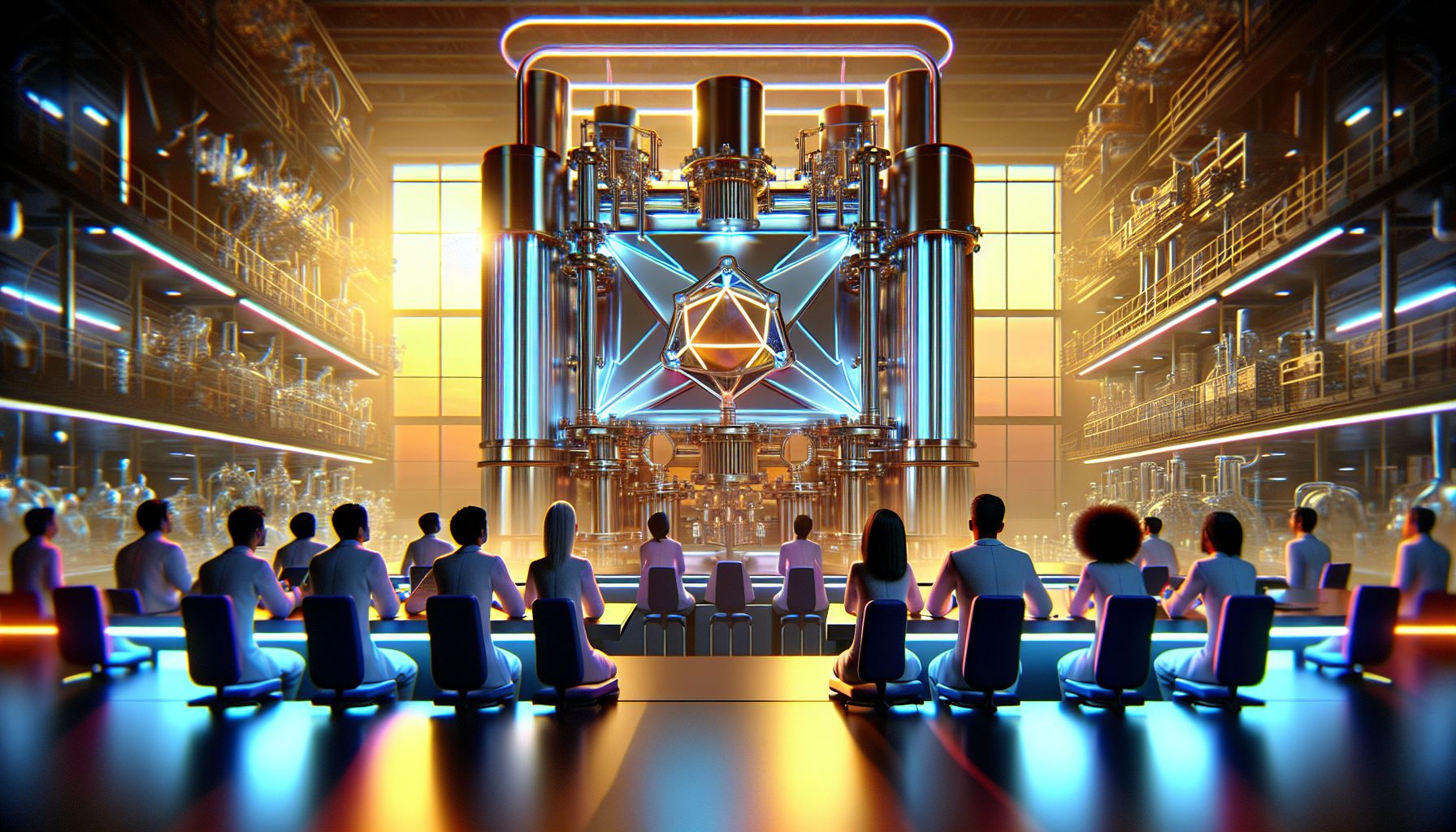Breakthrough: 70% Power Savings in Sunlight-Driven Hydrogen Production

Paris, Monday, 18 November 2024.
Scientists have achieved a remarkable leap in green hydrogen production using a novel Pt-Ru decorated WO3 photocatalyst. The hybrid system, operating under natural sunlight, slashes electricity consumption by 70% compared to conventional methods. This breakthrough could bridge the cost gap between grey hydrogen (1.3–2.3 $/kg) and green hydrogen (5.8–6 $/kg), marking a significant step towards sustainable fuel production.
A New Dawn for Hydrogen
Hey there, curious minds! Imagine standing in your garden, watching the sun do more than grow your tomatoes—it’s now fueling a revolution. With this cutting-edge Pt-Ru decorated WO3 photocatalyst, we’re not just dreaming; we’re slicing hydrogen production costs while soaking in the sunshine. It’s like finding out your solar lights can power your car—almost magical, right?
The Science Behind the Magic
So, how does it work? This hybrid system blends photocatalysis with electrolysis in a cell just over 122 square centimetres, thriving on natural sunlight[1]. It’s a bit like turning your garden hose into a fire hydrant—small but mighty. By integrating these technologies, the system achieves a whopping 70% reduction in electricity use compared to traditional electrolysis[1]. That’s like swapping out your old incandescent bulbs for LEDs—not only brighter but kinder to your wallet.
The Cost Conundrum
Now, let’s talk numbers. Grey hydrogen, the not-so-green sibling, costs between $1.3 and $2.3 per kilogram, while its eco-friendlier counterpart, green hydrogen, sits at $5.8 to $6 per kilogram[1]. This breakthrough could significantly shrink that gap, making green hydrogen more competitive. Imagine buying organic without doubling your grocery bill—that’s the potential here.
Beyond the Lab
But wait, there’s more! This isn’t just a lab-bound curiosity. The hybrid cell shows promise for real-world applications, operating smoothly under various light conditions and proving its mettle outdoors for over 120 hours[1]. It’s like taking a prototype electric car on a cross-country road trip and not running out of charge. The system’s stability and efficiency could pave the way for commercial hydrogen production, transforming how we think about renewable energy.
The Future is Bright
So, what’s next? This innovation doesn’t just promise cleaner fuel; it’s a beacon of hope for sustainable energy enthusiasts like us. Could this mean a future where hydrogen powers more than just buses and industry? Perhaps. As we edge closer to unleashing the full potential of hydrogen, the dream of a cleaner, greener planet feels more within reach. Let’s keep our fingers crossed and our eyes on the horizon.